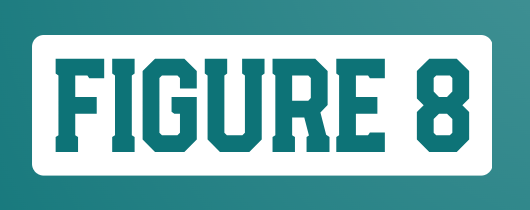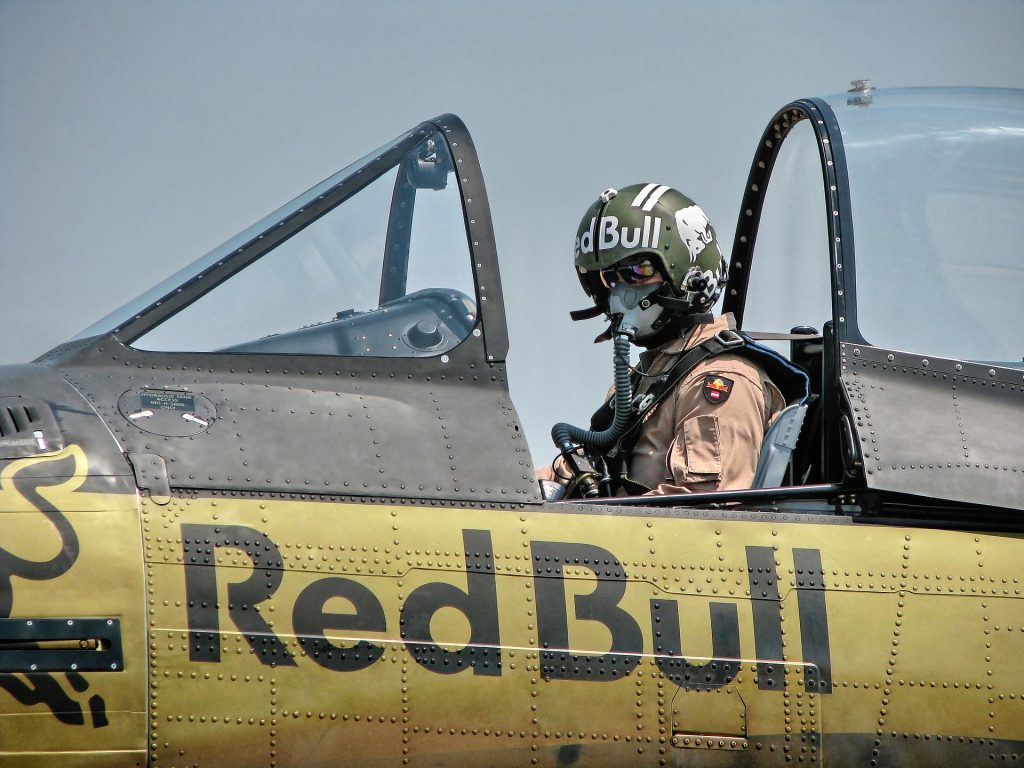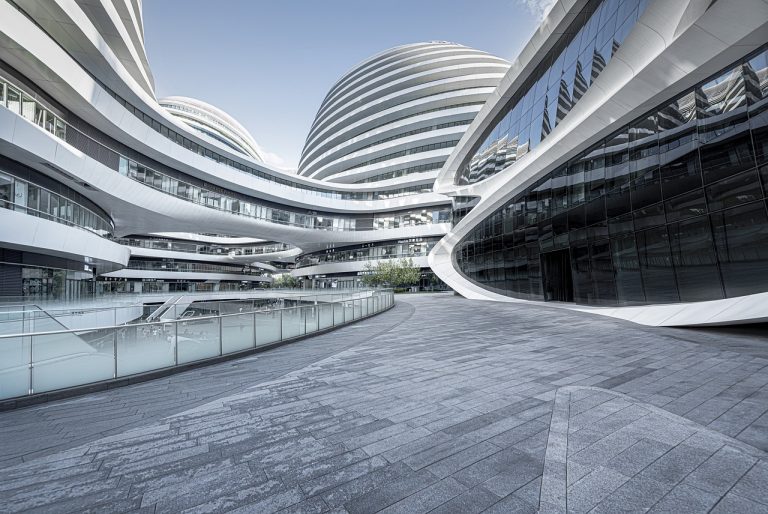Aircraft masking refers to a technique that is used when painting planes in which different areas of the plane are covered (or masked) so that when an adjacent area of a plane is painted the paint does not bleed into the masked area. Masking can be used to create a wide array of painted features on an aircraft including trim lines, logos, registration numbers, livery colors or any other design feature that is required.
Masking is achieved by using specialized masking tape to delineate the boundary lines of areas to be painted. While fine masking tape is used to delineate the border of a painted area, larger areas to be masked are covered with larger sheets of specialized masking paper that are not permeable by paint.
An aircraft is initially painted with a base color in which different areas of the plane (such as instruments and other sensors) have been masked. Once this process is complete and the base color has dried and cured, an aircraft is normally painted with a trim. While trim designs can involved and complex, the standard is for one or two colored lines to be painted on the aircraft that run the length of the fuselage and that cover the vertical fin, rudder, engine bays and wings. Once they have been completed successfully on one side of the aircraft, the trim design must be transposed as accurately as possible to the other so that they match; this can be done with tracing paper or by using plane elements such as metal sheets and rivets for reference.
Aircraft masking techniques are also used to create nationality and registration marks on aircraft, some of which are subject to regulations in terms of the size and shape of the required markings. In general, such marks must be painted on the aircraft (or affixed by some other method) such as to ensure they are permanent, have no additional ornamentation than required by the legislation, are painted in a contrasting color to the background and that are clearly legible.
The letters and numbers that make up the registration marks for an aircraft can be masked at the same time and using the same techniques as those used when creating the trim for the aircraft. Alternatively, decals can be applied of the relevant letters and numbers if desired. On fixed wing aircraft these marks must be displayed on either the vertical tail surfaces or on the sides of the fuselage of the plane.













